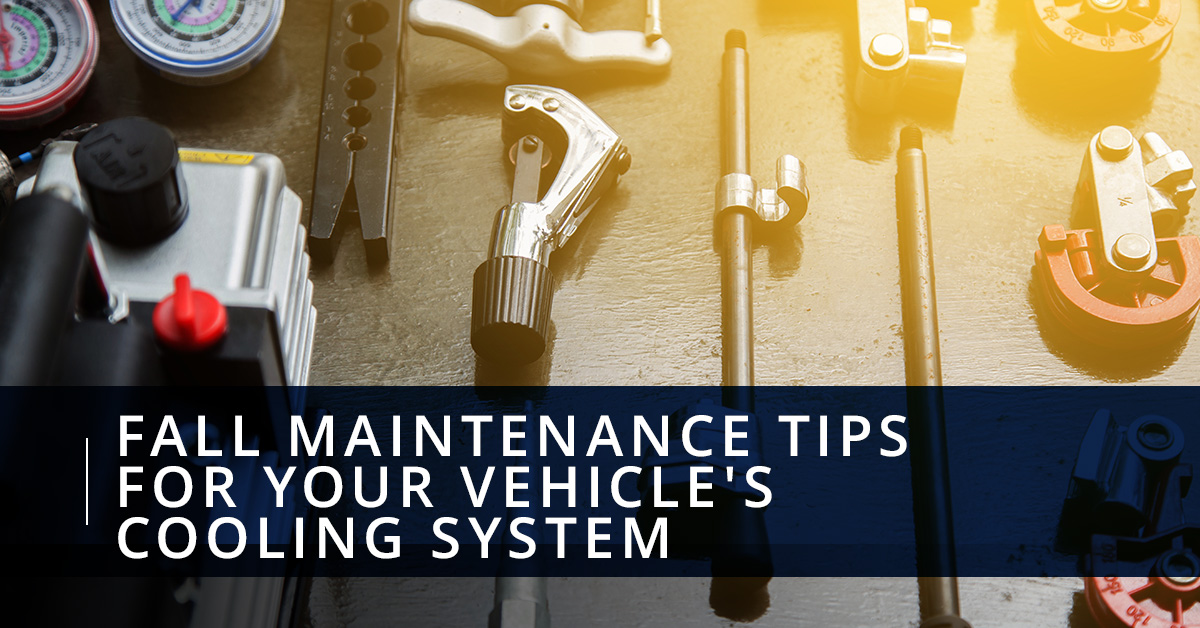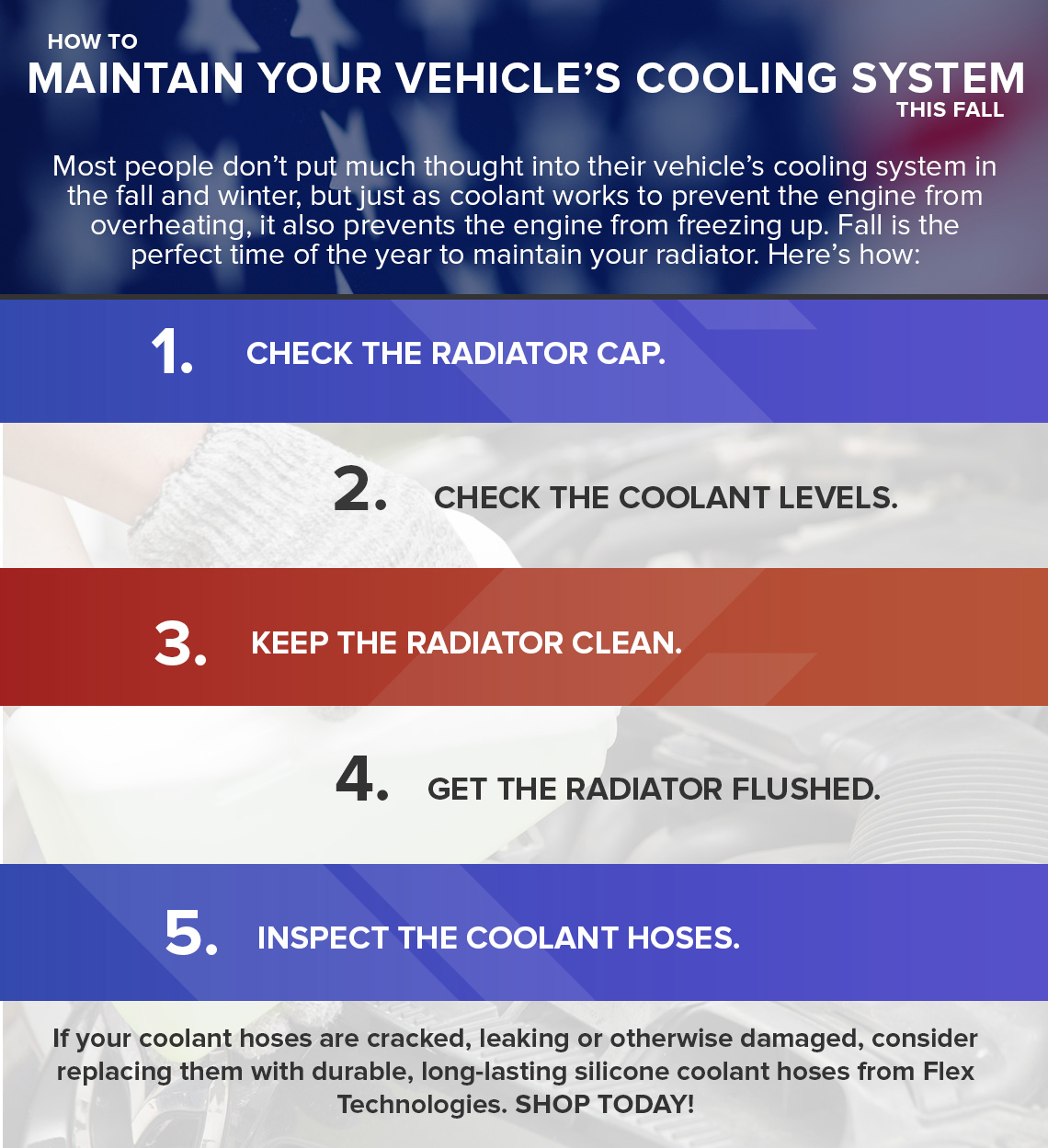

Fall is here at last.
The time has finally come for changing leaves, shorter days and Pumpkin Spiced Lattes, and it’s also the perfect time to perform some routine maintenance on your vehicle’s radiator. The cooling system in your vehicle is designed to keep the engine cool and prevent it from overheating, and that’s why many people don’t put too much thought into their radiators as the temperature starts to drop outside. However, when it’s cold out, the radiator also helps to prevent the engine from freezing or seizing up, making it just as vital in the winter as it is in the summer. Before the winter comes, and it brings all of that cold weather with it, it’s important to take steps to keep your vehicle’s cooling system properly maintained. Here’s how:
#1. Check the radiator cap.
The radiator cap is a key part of your vehicle’s cooling system, as it’s responsible for maintaining the pressure inside of the radiator. Before you touch the radiator cap, make sure that it’s not too hot. Once you remove the cap, visually inspect the main seal, return seal and pressure seal, watching out for signs of hardening, cracks or any other damage. If the radiator cap has collapsed, is leaking coolant or has let air into the cooling system, or if your engine overheats regularly, these are all signs that the radiator cap should be replaced.
#2. Check the coolant levels.
The same coolant that travels through your engine and prevents it from overheating is also what prevents the engine from freezing and seizing up. That’s why it’s important to keep an eye on your vehicle’s coolant levels all year round. Check your coolant levels by checking the coolant reservoir. There’s no need to take the radiator cap off and look inside; instead, simply check the levels on the side of the coolant reservoir. If it reaches the “full” line, you don’t need to worry about refilling it.

#3. Keep the radiator clean.
Over time, oil, dirt and other debris can build up inside your vehicle’s cooling system, which can hurt efficiency and even start to degrade the components of the system, including the hoses, belts and other rubber pieces. Plus, if your coolant hoses are caked with these materials, it’ll be virtually impossible to tell if you have a leak on your hands. Check out our previous blog to learn how to keep your cooling system clean.

#4. Get the radiator flushed.
Flushing your radiator involves pushing four to five gallons of coolant through the system, which pushes out the old coolant, as well as any contaminants that may have built up inside of the system. A radiator flush will help to remove rust and scale deposit, which can cause your engine to overheat, as well as contaminants that degrade the system’s efficiency. The additives in the new coolant will also help to prevent foaming, which keeps the cooling system running efficiently, and to prevent rust for forming.
#5. Inspect the coolant hoses.
The coolant hoses are responsible for transferring the coolant into the engine. If you still have standard, rubber coolant hoses in your vehicle, they are prone to leaks and other damage. Coolant leaks can spell trouble for your vehicle no matter what time of the year it is, so keep a close eye on your coolant hoses.
When the time comes to replace your coolant hoses, choose Flex Technologies.
If your coolant hoses are showing signs of wear and tear, then it’s time to replace them, and there’s no better option to replace them with than silicone coolant hoses from Flex Technologies. Learn more and shop with us online today!
 Default Currency
Default Currency
 Mexican Pesos
Mexican Pesos
 Canadian Dollar
Canadian Dollar

